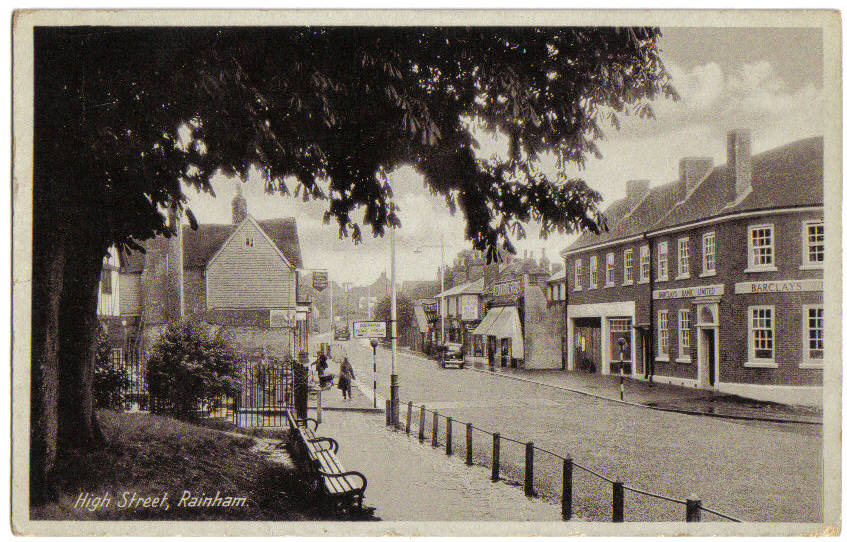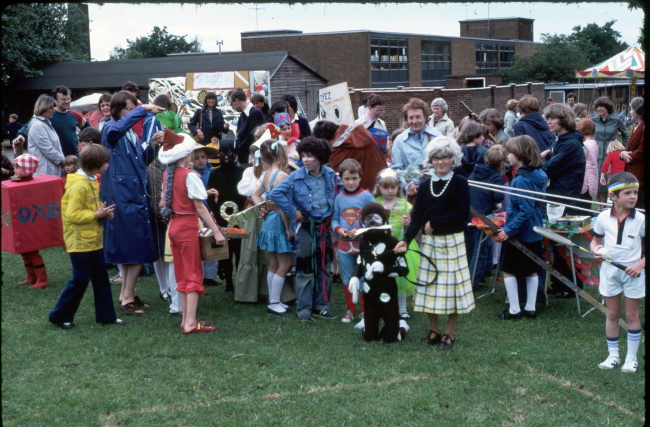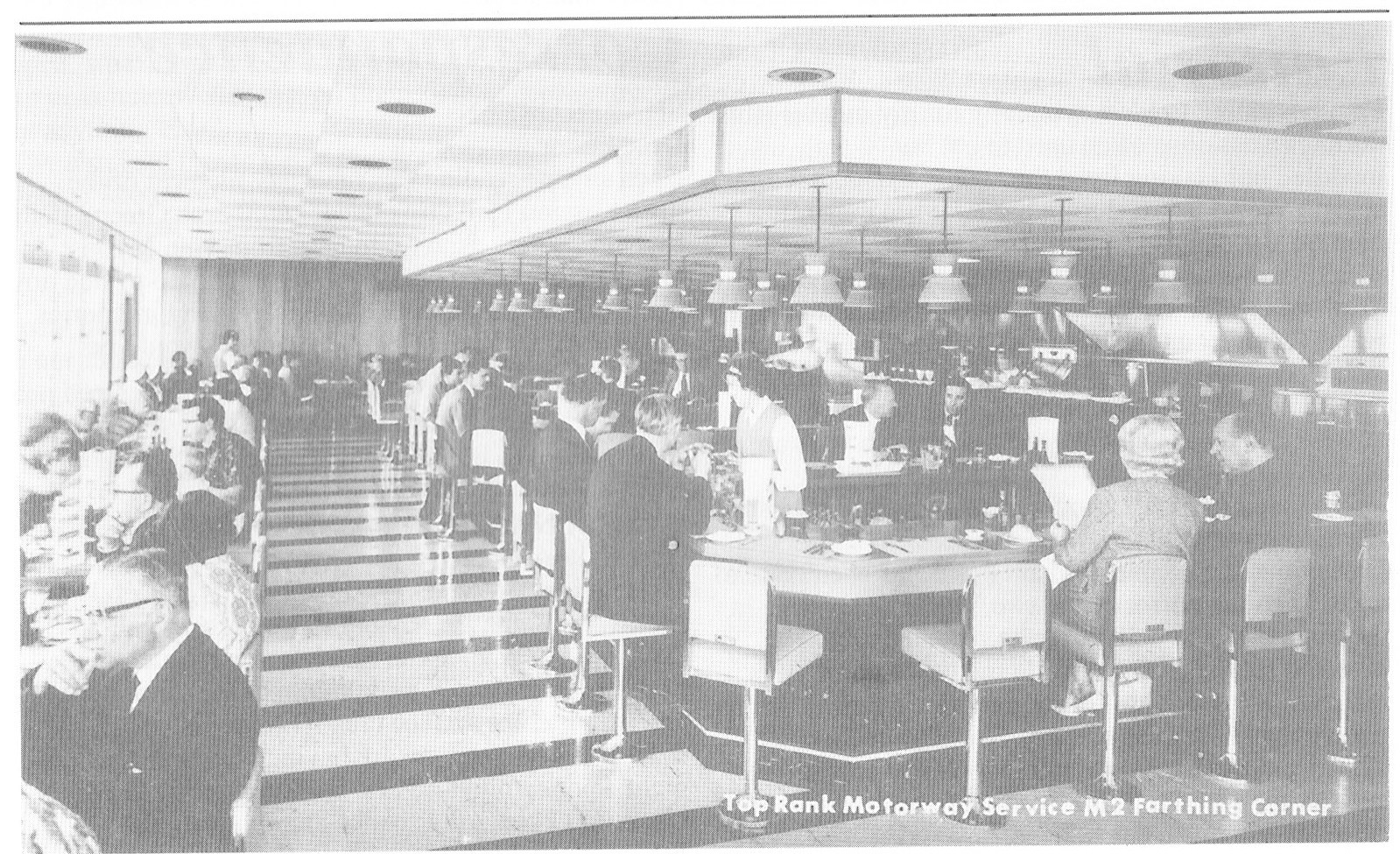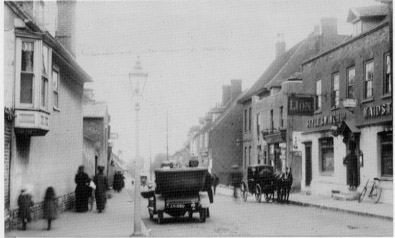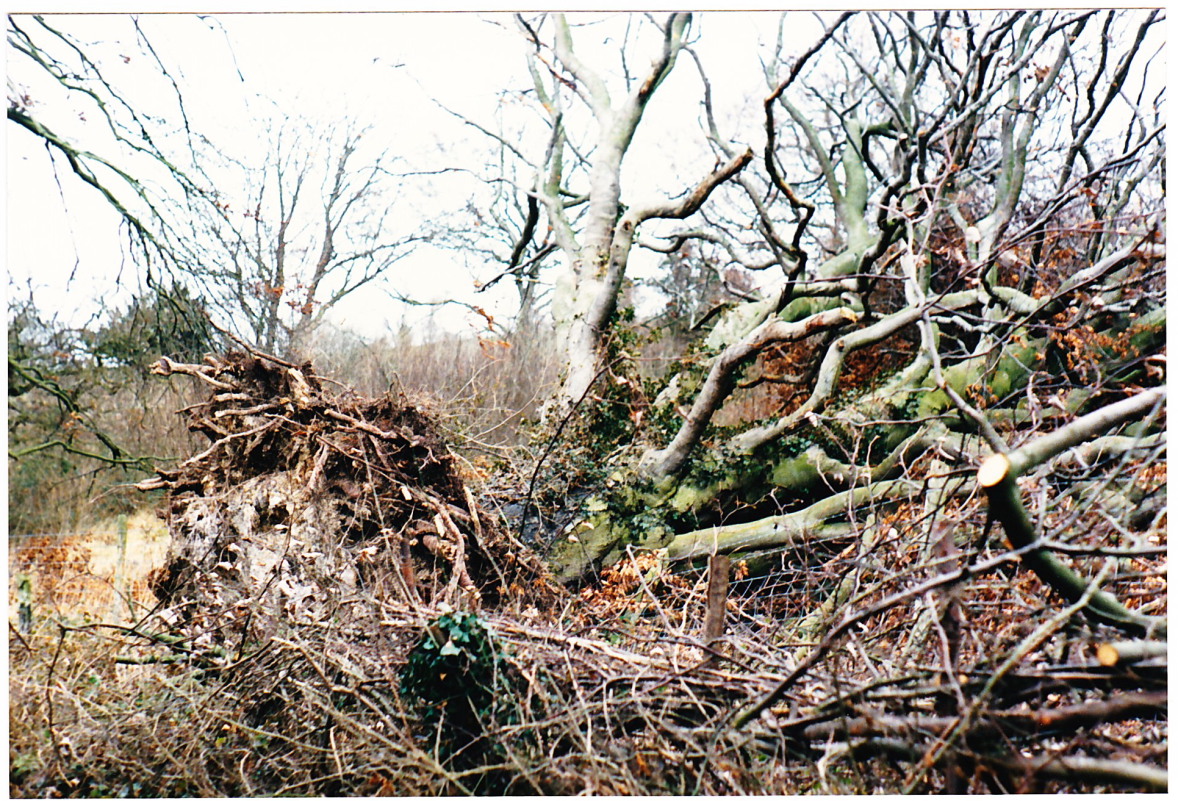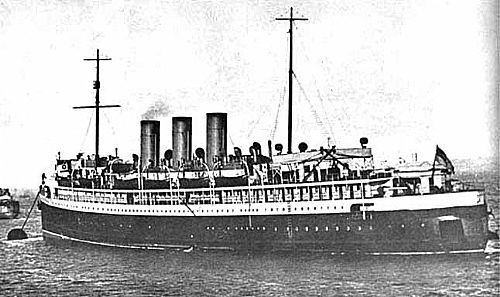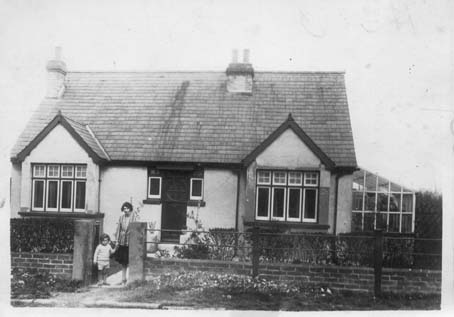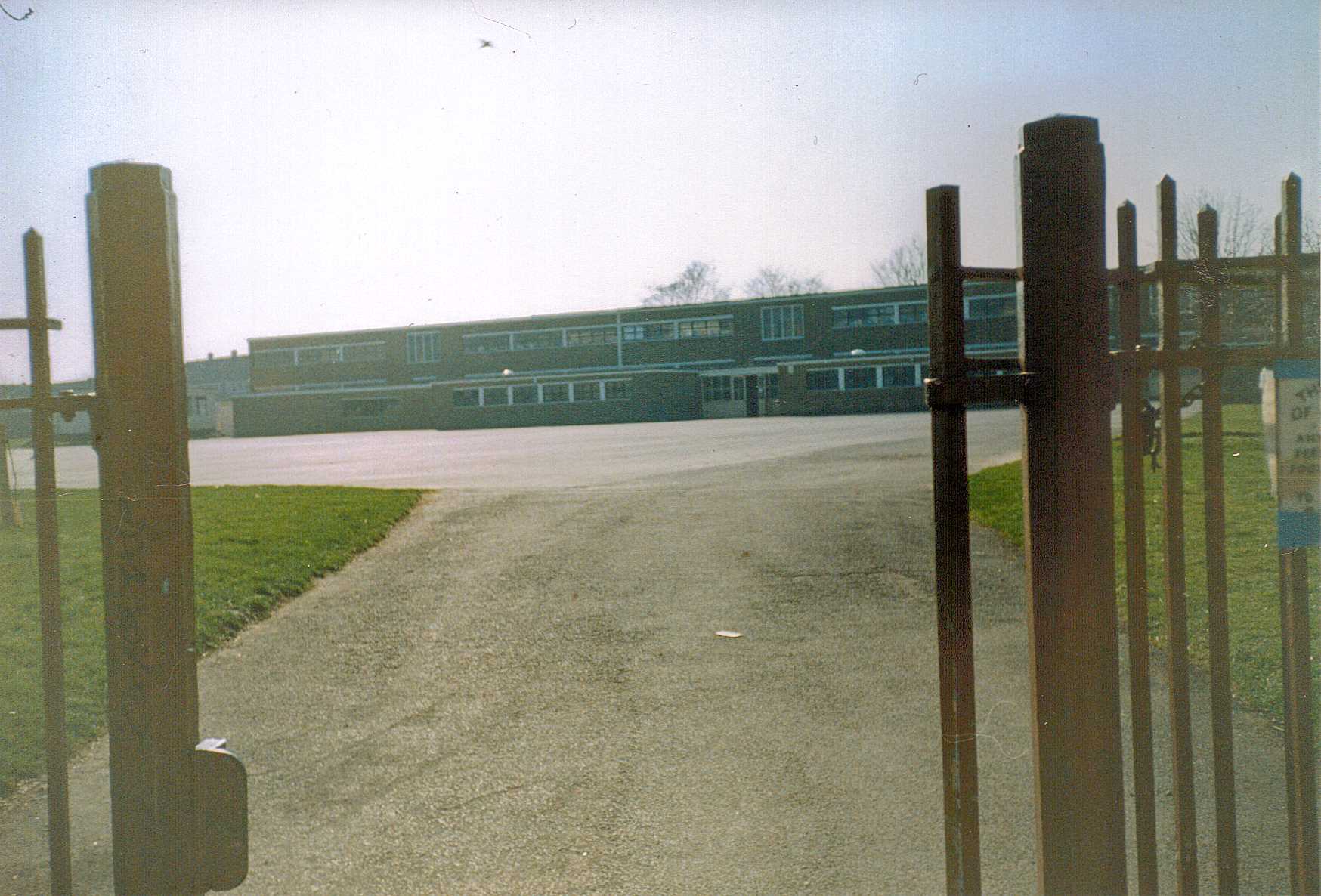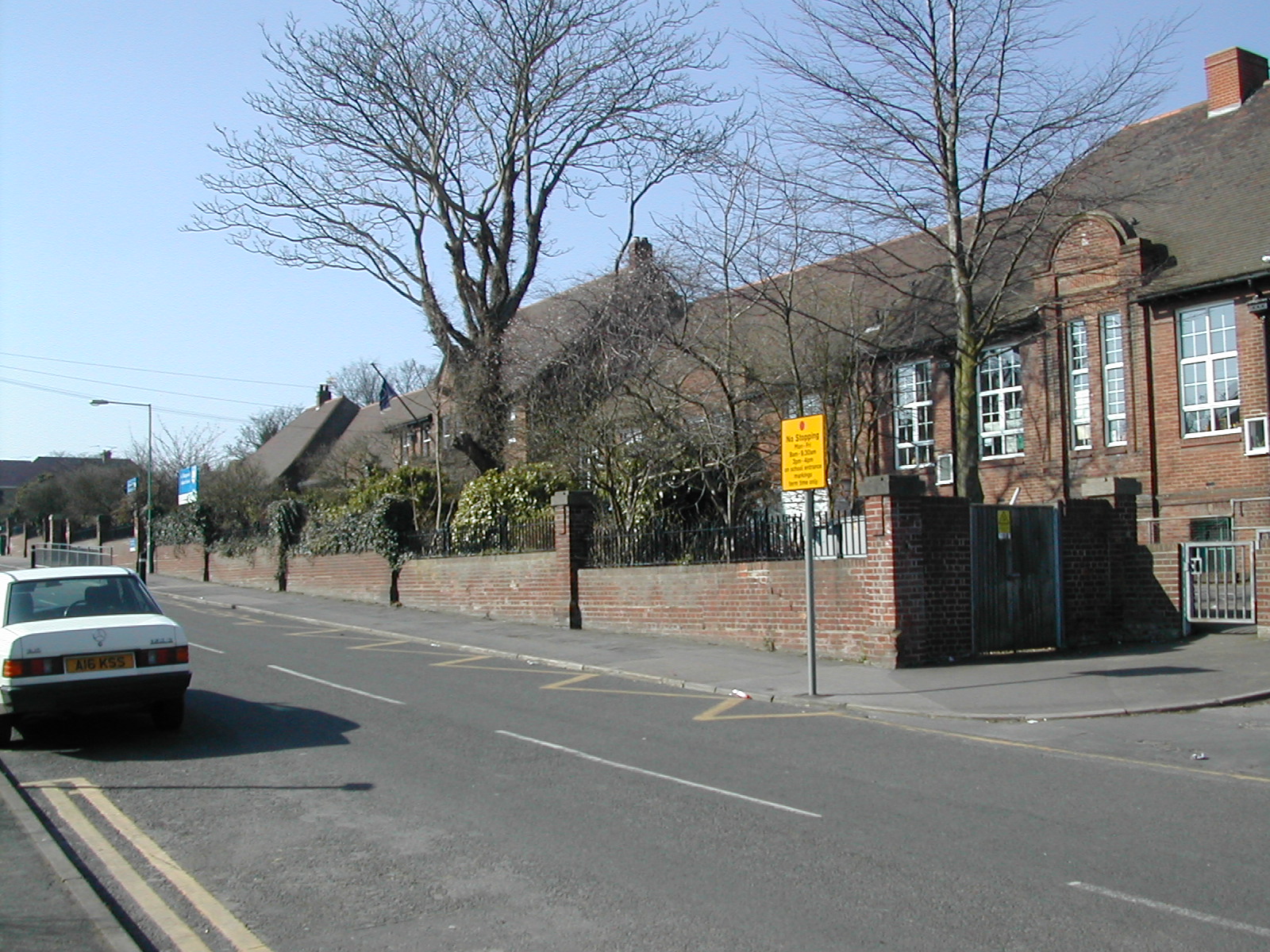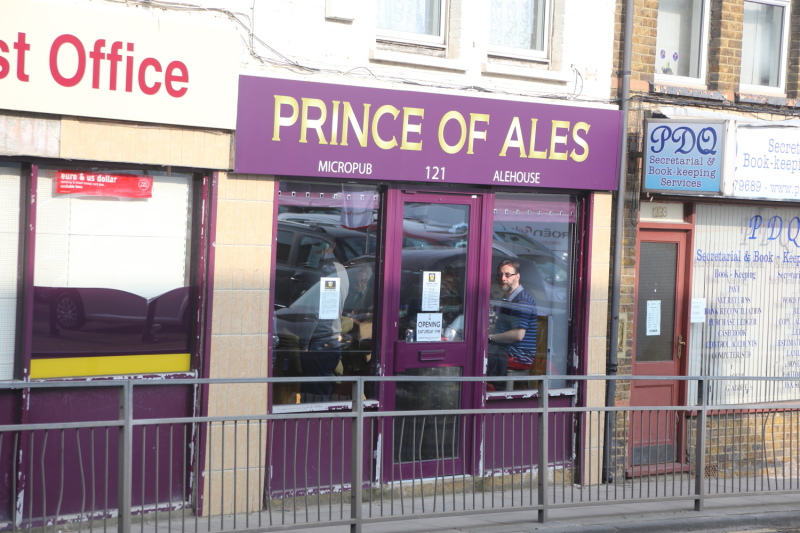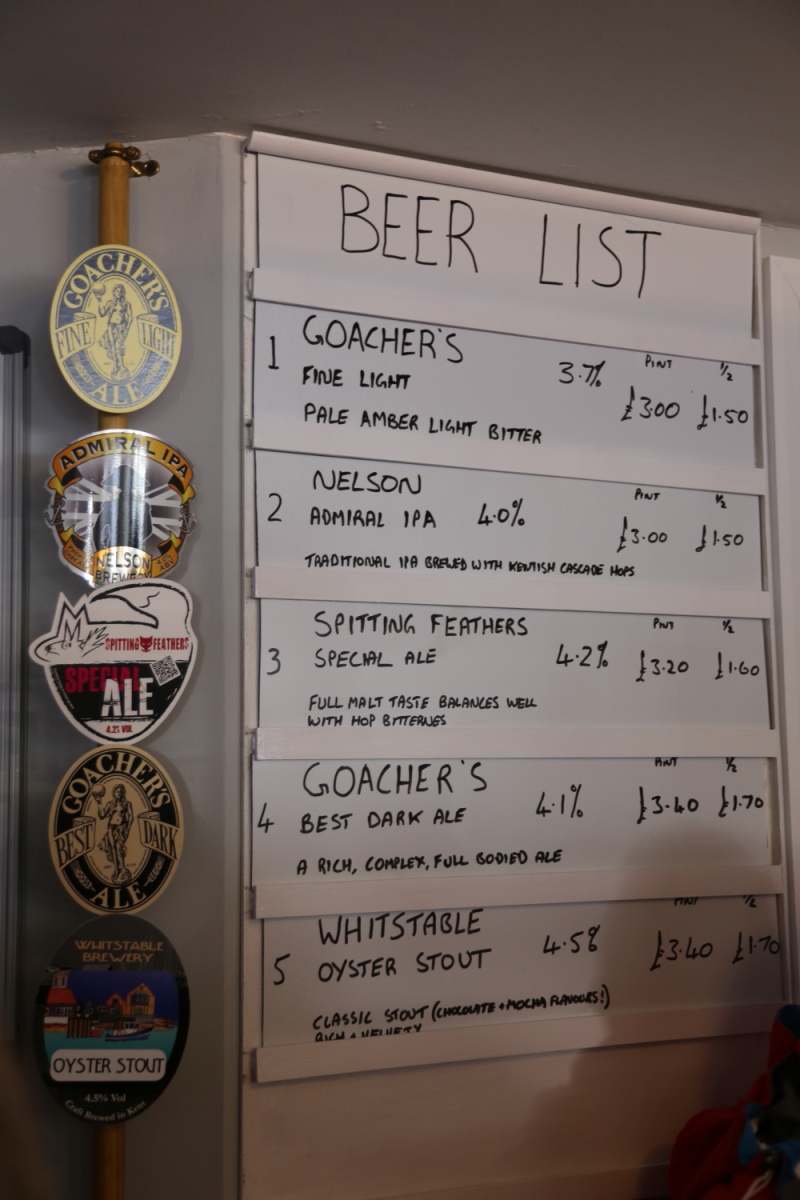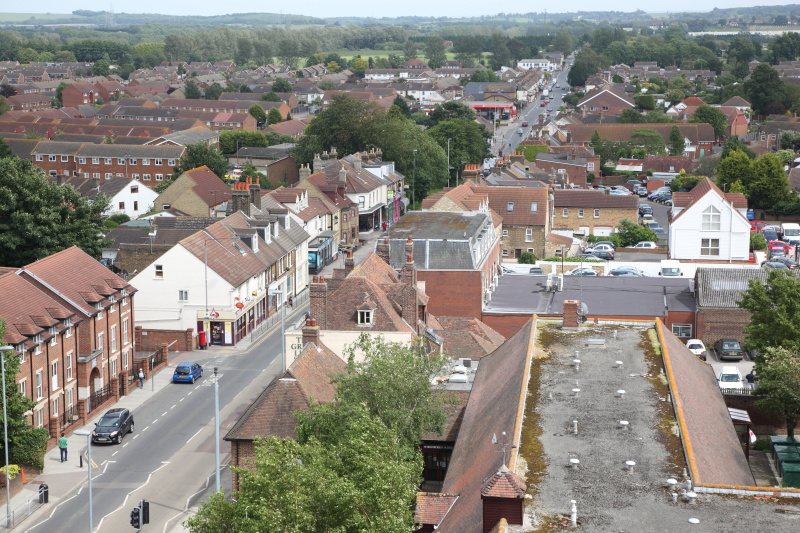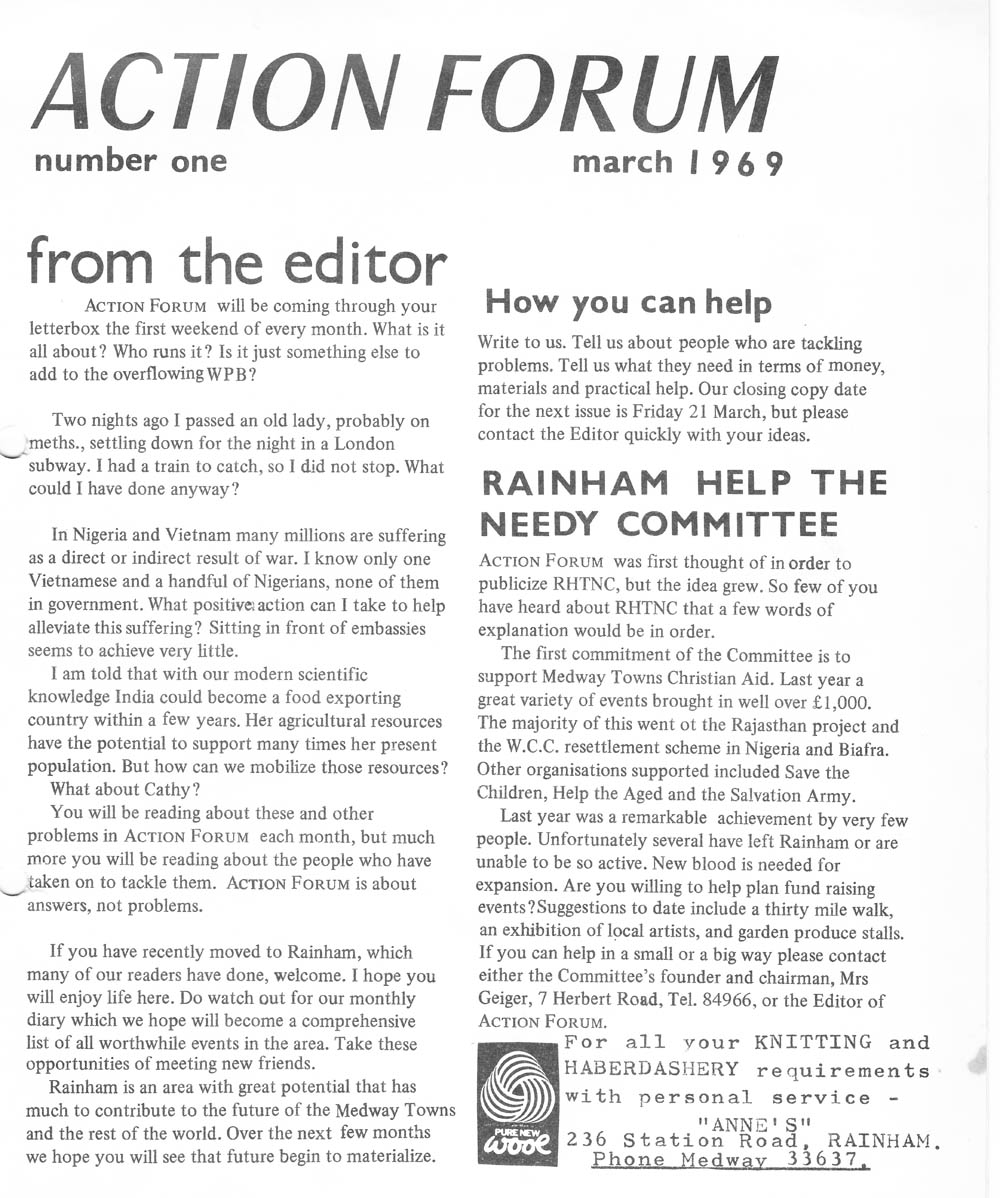The Amazing 54 Year Rainham Love Affair
It started as a teenage friendship, developed into a full blown love affair then circumstances split the couple between two countries. They reluctantly parted but never stopped thinking about each other. This is the story of George Frid from Rainham and Ann Hubbard from Upchurch whose love affair captivated local people and hit the pages of The Sunday Express in 1924.
The story began during the 1860s when teenager George Frid from Rainham met Ann Hubbard from Upchurch. Ann later described how they met.
‘George had a sister, who, before I met him was already my friend. She took me to her home and I met George. We became child friends. We met at play, at day school and at Sunday School. Jolly years sped on during which George and I wandered together about the district, along the footpaths, down the lanes joining the two villages until we were finally recognised as sweethearts.’
George got a job in the Lower Rainham brickfield when he left school but because he was ambitious and wanted to improve his life he decided to immigrate to Canada. Because he loved Ann and had courted her for three years he wanted to marry her and take her to Canada with him but Ann’s parents objected and so she reluctantly had to stay at home.
Ann and George’s mother were against him going to Canada but he said that he would return home after one year. Ann explained:
‘Before he left home we pledged our troth. I promised to join him if he was unable to come back, as soon as he could make the home ready. But my parents were against the plan. They resolutely declined to approve the great adventure.’
When it was time for George to leave for Canada in 1870 Ann accompanied him to Chatham railway station.
‘Never shall I forget our last farewell at Chatham. The heart of youth is always filled with hope and I did not think the parting would be for long as we bid each other a tender goodbye. Letters followed punctually on his arrival in Canada and he gave me enthusiastic accounts of the pretty little town of Hamilton where he decided to settle. He told me of the beautiful scenery of lake and mountain, and stressed the point that he had alighted in the garden of Ontario. As he was striving so hard to make progress he was unable to return as he had planned and sent for me to go out to him. Of course, I was longing to join him, so that we might face the world together in a wonderful new country.
My mother was a strong minded woman and she stated if I tried to go to Canada she would follow and bring me back. And as I was only eighteen I was made to realise that the laws would enable her to fulfil her threat so I delayed and delayed hoping that the months to come would find some solution to our problem.
George’s father died soon after his departure and his mother, with a family of big boys, left to join him, but my mother now insisted that he should return to England and marry me in my old home. At this time this was impossible. Money was still scarce and hard to earn so we just hoped on. Time moved more slowly. The days seemed to grow longer. Several springs came and fled, and I was still listening daily for the click of the gate as the postman came up the path to bring me news of my far away lover.
For ten years our letters crossed the great ocean that divided us and each letter seemed to make me feel the distance was growing greater…’
George worked as a brick-maker in Hamilton for about seven years before going into business as a brick manufacturer. He eventually decided that Ann was never going to join him so he met and married a girl from Montreal. Ann explained the situation.
‘… Then one horrible day the message came that, since I could not go to him, he had met someone in Canada and that he had decided to marry and make a good name for himself………It was terrible to have all my girlish hopes blighted, but I appreciated his position and wrote him sending my very best wishes and prayers for his happiness and explained there was no good reason why he should remain single, as I was bound by filial duty to remain with my parents. Then came a great silence. All correspondence ceased between us until I heard no more of him until this summer (1924).’
After years of marriage George’s Canadian wife died in 1922 making him a widower. By this time George had retired. He made a visit to Rainham and made inquiries about Ann but he could not find her. In July 1924 he made a second trip and stayed at the Jubilee Temperance Hotel (later The Railway pub) in Station Road. While staying there he discovered that Ann was still alive, single and living in Rainham aged 70 and both of her parents were dead. She had never married and still loved George. He decided to visit her. Ann described what happened:
‘Early in July he arrived, and once more my heart thrilled to the click of the garden gate. A silver haired man with tanned features and the clear eyes that I remembered so well greeted me as in the old days, and I knew that my love burned brighter and stronger than ever. We chatted over old times and tender memories were revived that showed he had not forgotten. He learned too, that my love had remained through the years, unchanging and true. He confessed that he had always kept my picture, and laughingly told how the children used to call to their mother as they looked through the old family album. ‘Come and look at dad’s old sweetheart.’

George then popped the question and asked Ann to marry him and to return to Canada with him. Ann described what happened:
‘Then the great question came. I realised that my life of constancy and love was going to receive its reward and I answered as my heart had dictated as a girl-54 years ago.
The news spread. Friends expressed their kindly interest and inquired whether Mr Frid was an old beau of mine. Only those who had known me in my girlhood knew anything about my early love, as I had always jealously guarded my secret from the outside world. So my life’s hidden romance came as a great surprise to many when they heard that I had been led to the altar, and with my bridegroom how so kept our troth of years ago.’
The happy couple got married at Sittingbourne Congregational church and then went to Margate by car for their honeymoon. Ann summed up her feelings before embarking for Canada:
‘And after all I am going to Canada. I am looking forward to embarking soon for my new home. I have no regrets in leaving the old place. To me Hamilton is not new; it represents the dreams of my youth. I know I am going to find it vastly different from the time when Mr Frid first went out as it has grown to a population of 120,000. Of course, I shall not have the happiness of helping him make his life, but at least I am going to enjoy with him his success. I feel that a true and noble man is the greatest blessing which can be bestowed on any woman and to win such a man has been worth waiting for…I have waited 54 years for the man of my choice. Fifty four years is a long time but it is over. I am happy now and that is all I care about.’
On September 27th 1924 the couple left Southampton for Canada on the liner ‘Empress of France’ and they were seen off by several friends. Their long affair had embodied great happiness and deep sadness but it all ended happily as the couple lived out the remainder of their lives together in a new land.
David Wood.
-
History Articles


















































































































































